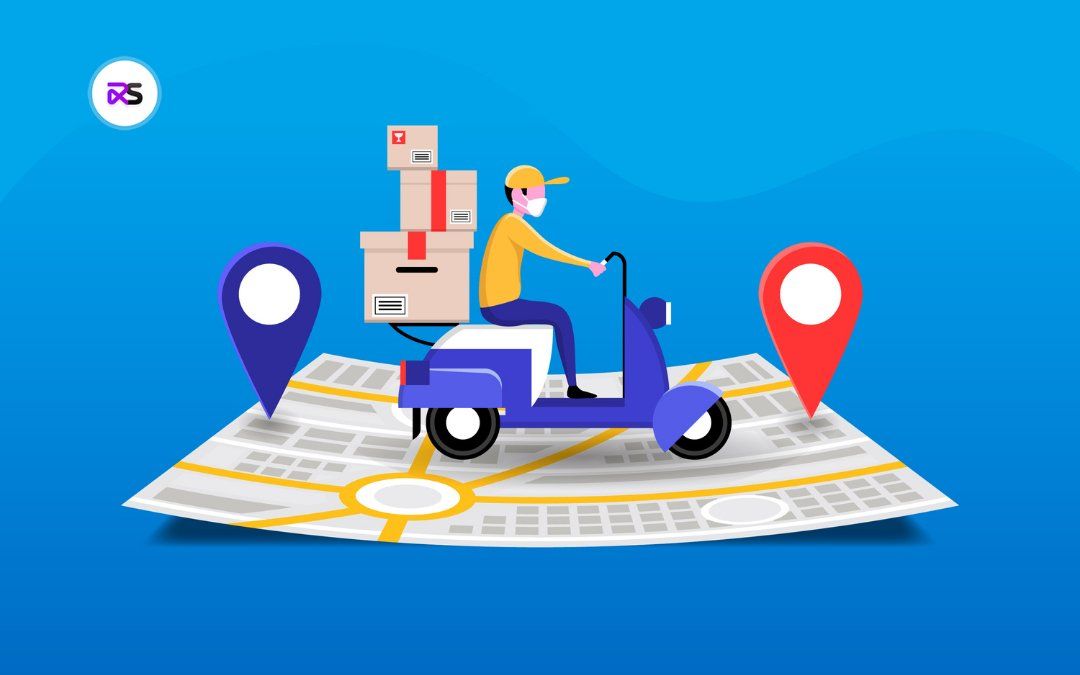
5 biggest challenges of on-demand business models and tips on overcoming them
In this article, we're gonna discuss the important challenges faced while implementing on-demand business model and solutions to tackle them.
It’s 2022, and you can get anything you want with just a few clicks.
Craving for a cup of coffee or a slice of pizza? There’s an app that can deliver both to your doorstep. Need a ride to that concert you’ve been looking forward to for days? Why not call an Uber or a Lyft?
On-demand services exist to deliver products and services from the comfort of your smartphones. They’ve been around for years, tapping into and taking over things that we have done traditionally, and there’s no stopping them.
The tech industry has been so good at constructing platforms that cater to the on-demand economy. In fact, research from Rockbridge has declared that the economy has already reached $110 billion in 2019.
With this rapid evolution, entrepreneurs are beginning to adapt and modify their ventures, incorporating on-demand business models to cater to their customers and prospects.
Although it’s always a good idea to keep up with the times, some organizations fail to recognize the on-demand business model advantages and disadvantages.
Constructing and implementing an on-demand business model to your establishment is not a walk in the park. Here are 5 of the biggest obstacles that you might encounter on the way and some tips to resolve them.
1. Entering the on-demand market and implementing changes in your industry
The pros and cons of on-demand business models exist for every field that wishes to merge online and offline operations.
Let’s say you work in logistics. Traditionally, customers would have to personally go to the office of a cargo company to arrange for a truck to ship their products to their end destinations.
But now, thanks to on-demand services, people can book a truck for their cargo via a mobile platform and monitor their freight from the minute it’s dispatched until the moment it’s received.
However, it’s not easy to always transition from traditional methods to modern ones.
The following tips might help you in your shift to an on-demand business model:
- Settle on your niche and gather insights about on-demand business model advantages and disadvantages in your line of work.
- Determine your unique selling point in your industry and begin working from there.
- Eliminate processes that do not play a part in the on-demand transformation or construction.
- Scout for your target audience and market free products and service offers to lure them into your new on-demand services.
- Conduct research and determine whether or not your enterprise can withstand the fast-paced on-demand economy.
2. Looking for the most suitable app solution
There are available app solutions for on-demand services that enable establishments to build their own on-demand business.
They quickly get growing startups and entrepreneurs on their feet when they want to engage in the on-demand economy.
These apps are usually configurable and possess all the vital capabilities for building the foundation of a mobile app.
Whether you’re planning to develop a ride-sharing platform or a food delivery service, these apps are usually loaded with features that should cater to all the aspects of your on-demand company.
Now finding a suitable business management software that matches your workflows isn’t the easiest, but here are a couple of things to remember when doing so:
- Always prioritize the performance of your app. Make sure that the features of the solution you’re purchasing are targeted towards developing a high performing on-demand service platform.
- Consider the industry you’re going to be working in the on-demand economy. If you’re establishing a courier service, then seek an app solution for instant delivery. Make sure that the platform you’re choosing is linked to the nature of your business. Otherwise, it will be difficult to configure your app solution to what your establishment demands.
- Read the company reviews on trustworthy websites.
3. Technical issues during on-demand app development
Although the majority of app solutions available in the market are easy to grasp, facing technical difficulties is inevitable if you’re planning to set up on-demand services.
The sphere itself is concerned with technology, and dabbling with it is not always smooth sailing. The best way to solve them is not just to tackle them on your own.
The most common issues that can arise when developing an on-demand platform include dealing with different operating systems, requiring the appropriate plugins, designing the features, and uniting the backend with basic infrastructure, to name a few.
Your app solution provider should have a reliable tech support team that you can easily tap whenever you need assistance. They should be able to solve these problems when constructing your app so that you can move forward to other pressing matters such as weighing on-demand business model advantages and disadvantages.
4. Dealing with demand and supply
While on-demand model advantages and disadvantages do exist for businesses that adopt the structure, one of the main reasons why these companies fail when attempting to soar in the on-demand sphere is because they undervalue or overvalue supply and demand.
More often than not, enterprises undervalue the demand they would win over, which causes them to set up low supply. Likewise, some organizations get over their heads and overthink about demand; thus ending up with a huge surplus of resources.
To resolve this, you can try the following:
- Practice forecasting accuracy through time series.
- Construct affordable redundancy by going through your product portfolio and ensuring additional capacity in different points of the globe.
- Develop a more agile supply chain by simply swapping suppliers and distributing information along your supply chain.
- Relish in networking and collaboration. Never be content with a lone and brittle supply chain.
5. Quick onboarding for new users
When people first hear about your new on-demand brand, assume that they’re impatient to test your services. After all, being in the on-demand economy is all about the instant.
Your customers are most likely looking for a quick and easy way to sign up and join your community, so you need to think about a hassle-free method that can get them signed up to your on-demand services.
Here are some ideas for swift sign-ups and smooth integration for new users:
- Do not ask for plenty or extremely detailed user information.
- Implement a straightforward registration procedure through an SMS gateway that instantly delivers a verification code. Use SMS to confirm user sign-ups.
- Take advantage of the SMS gateway to also eradicate fake users.
- Use push notifications to improve app engagement for your on-demand platform for new users.
Just pieces of the puzzle
So these are just some of the challenges you might encounter when starting your own on-demand services.
We believe that you now possess an encompassing image regarding the on-demand economy, which allows you to go beyond the chalk circle you’re standing in when finally setting up your on-demand business and launching it.
If you’re looking for an on-demand app, you could buy Wooberly, our Uber clone taxi app that can help you build your on-demand platform. We guarantee that with our assistance and reliability, you won’t have to go through the tangles we’ve discussed here.






